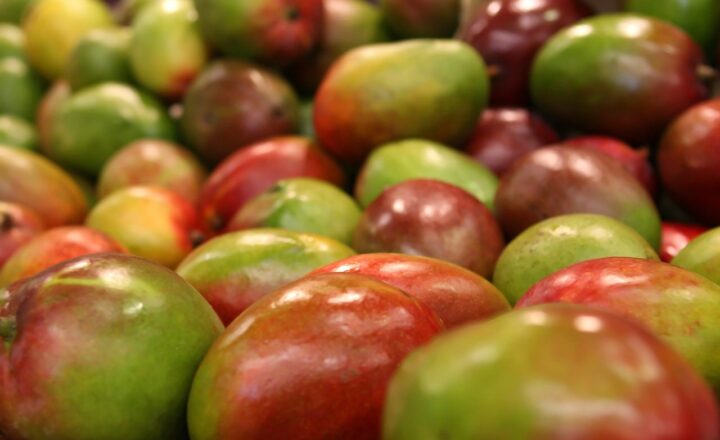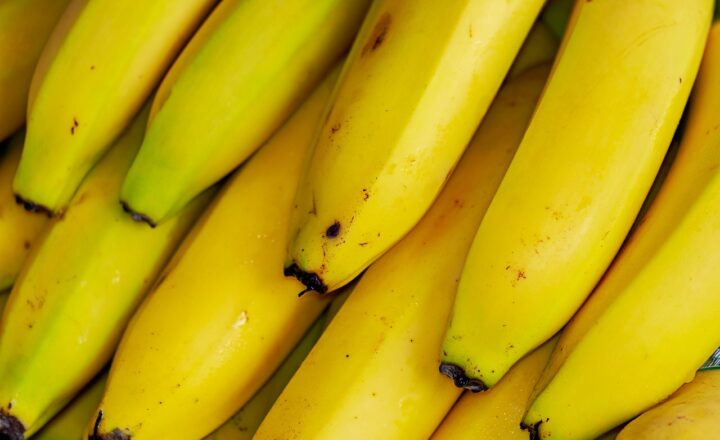Food for Thought: The Most Bizarre Culinary Traditions from Around the Globe
November 18, 2024

Food is often seen as a universal language, a means to gather and share experiences. Yet, every culture has its peculiar culinary traditions that may boggle the minds of outsiders. From fermented delicacies to strange rituals surrounding meals, the world is filled with odd and quirky food practices. In this article, we dive into some of the most bizarre culinary traditions from around the globe that will leave you both intrigued and perhaps a little grossed out!
1. Casu Marzu: The Live Cheese
Originating from Sardinia, Casu Marzu is a traditional cheese made from sheep’s milk that is notorious for containing live insect larvae. The cheese is fermented until it becomes soft and spreadable, at which point the larvae (known as maggots) are added intentionally. Those who dare to try this delicacy usually consume it with the maggots still alive, making for a unique eating experience. Locals believe that the maggots contribute to the cheese’s flavor, but if you’re squeamish, you may want to skip this one.
2. Hákarl: Fermented Shark from Iceland
Hákarl is a traditional Icelandic dish made from Greenland shark, which is toxic when fresh. To prepare it, the shark is fermented for several months and then hung to dry. The result is a chewy, strong-flavored delicacy that is often described as smelling similar to ammonia. For many, the first taste can be overwhelming; it is often consumed with shots of Brennivín, a local schnapps, to help wash it down.
3. Surströmming: The World’s Smelliest Fish
Swedes have a reputation for their love of fermented foods, and Surströmming takes the cake—or rather, the fish. Surströmming is fermented herring that is canned while still in the fermentation process. This results in potent and notoriously foul-smelling aromas upon opening the can. As a tradition, it’s commonly served with flatbreads and potatoes, but the smell often deters many from trying this infamous Swedish dish.
4. Sannakji: Live Octopus from Korea
In South Korea, one popular dish is Sannakji, which features small octopus cut into pieces and served immediately while the limbs still wriggle on the plate. Diners are advised to chew carefully to avoid choking hazards, as the tentacles can cling to the throat. While it is a beloved delicacy in Korea due to its freshness, it can be quite off-putting for those unused to such an experience.
5. Balut: Fertilized Duck Egg from the Philippines
Balut is a fertilized duck egg that is boiled and eaten whole, often with a dash of vinegar or salt. This dish is consumed while still in the incubation stage, meaning that the embryo is partially developed. Although it may sound unappetizing, it is considered a nutritious snack and a delicacy in many countries, including the Philippines. The taste and texture can be surprisingly enjoyable for those willing to try it.
6. Century Egg: Preserved Duck Eggs from China
Known as hundred-year eggs, these preserved duck eggs are typically 100 days old but can be even older. Created by preserving duck, chicken, or quail eggs in a mixture of clay, ash, and quicklime, the final result is a semi-transparent black egg with a unique flavor profile. The egg yolk turns a creamy green, and while it may look unsettling, many enjoy it as a delicacy, often served with congee or sliced in salads.
7. Tequila Worm: The Unusual Additive
While not a culinary tradition in a cooking sense, the inclusion of a worm in the bottle of certain tequilas has become a quirky touch. The worm is actually the larva of a species of moth that feeds on the agave plant and is often found in bottom-shelf tequilas. It is thought to symbolize quality, and some drinkers believe that consuming the worm brings good luck!
8. Hakari: Raw Whale Meat from Japan
A dish that evokes a strong reaction, Hakari consists of the raw meat of pilot whales, which is consumed in some communities in Japan. The practice of whaling is controversial and often criticized by activists. Nevertheless, for those who partake, Hakari is often enjoyed with soy sauce and paired with other traditional foods.
Conclusion
Culinary traditions reflect the diversity and creativity of human beings in their adaptation to various environments. While some of the bizarre foods listed above might cause a few raised eyebrows, they also open doors to understanding different cultures and their unique relationships with food. So, the next time someone offers you a taste of something peculiar during your travels, consider embracing the experience and tasting the world’s culinary oddities.
Remember, food is not just sustenance; it’s an adventure waiting to unfold, so dare to try something different!






